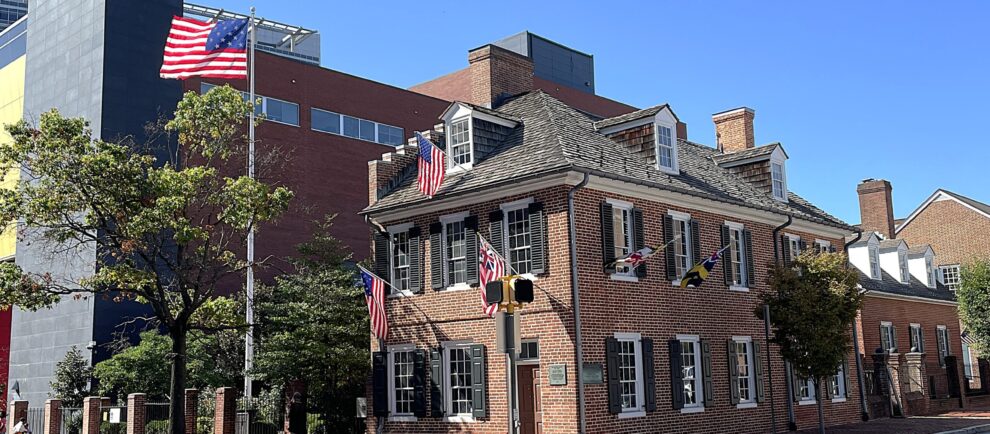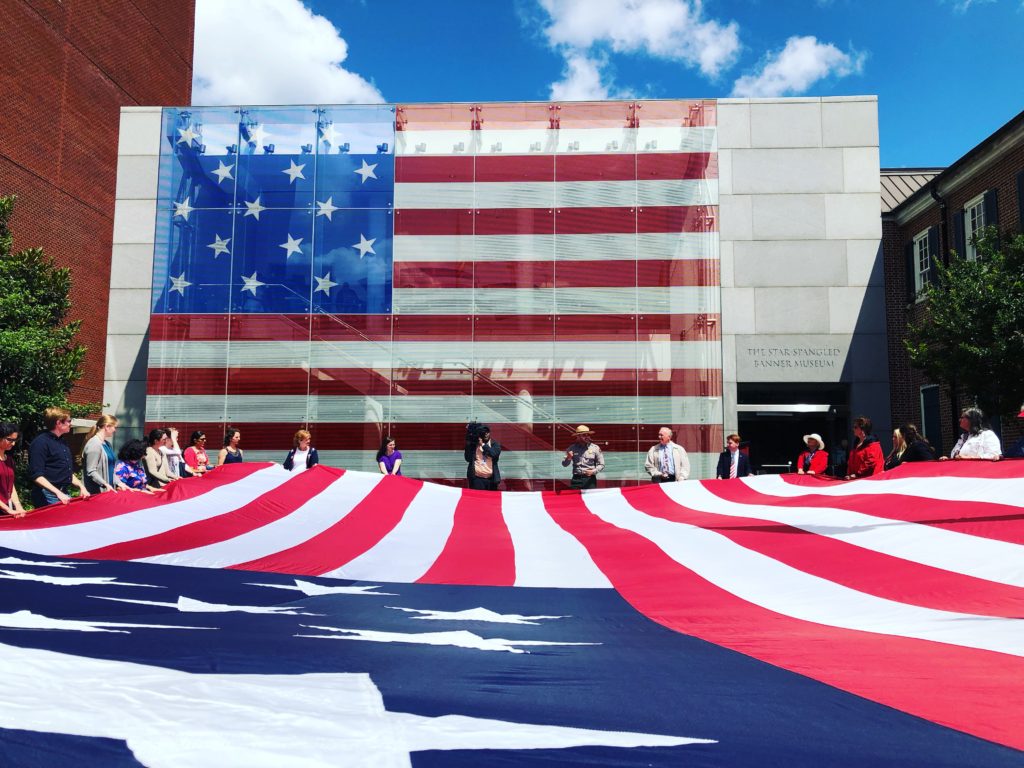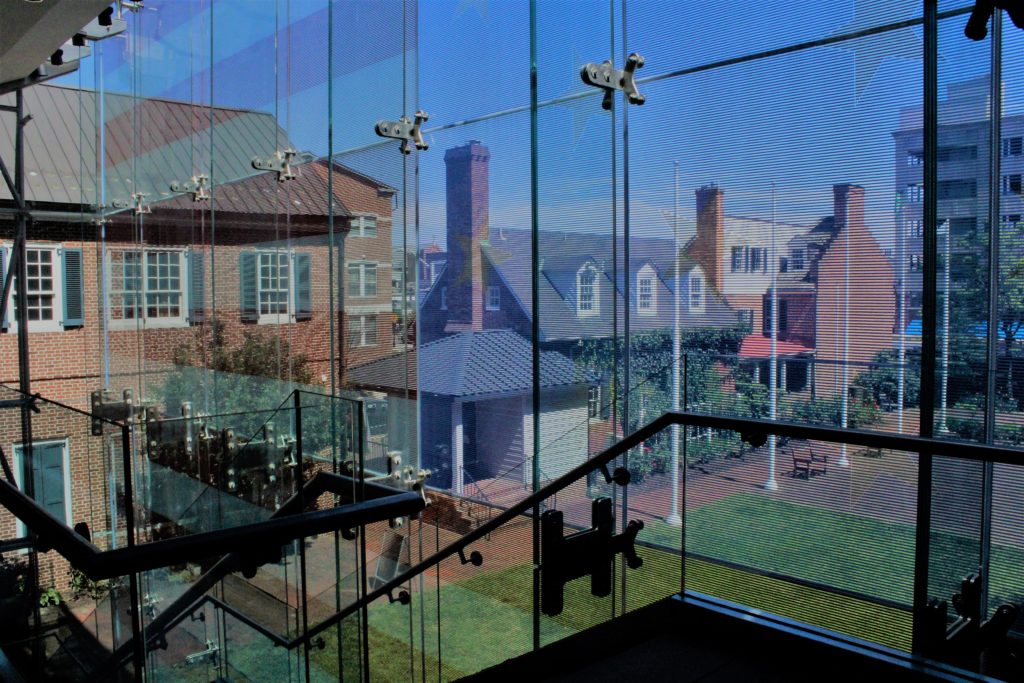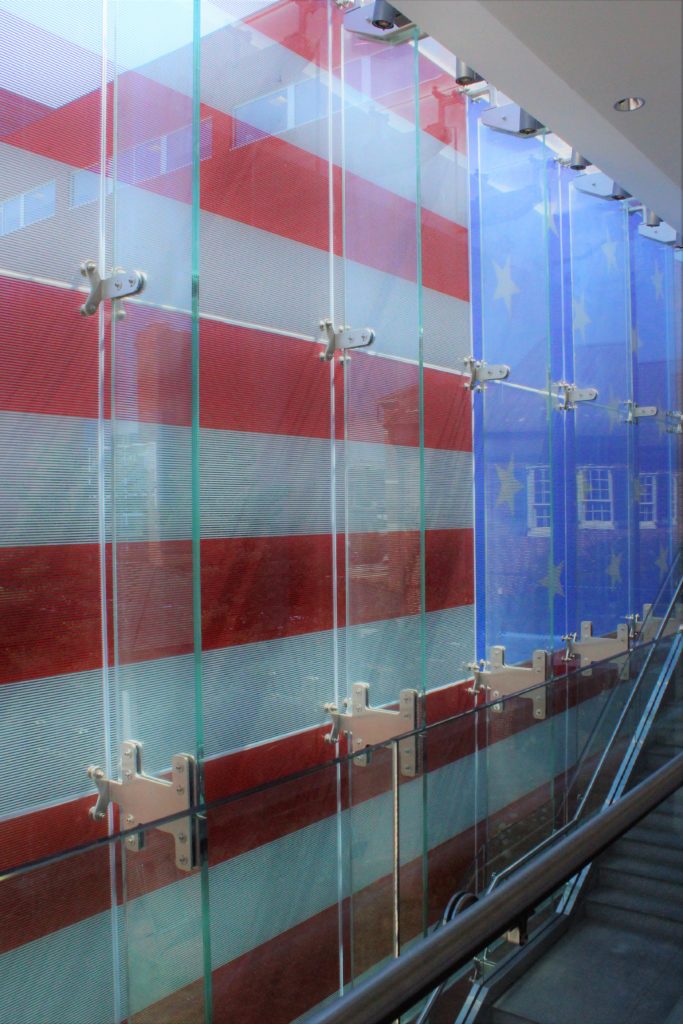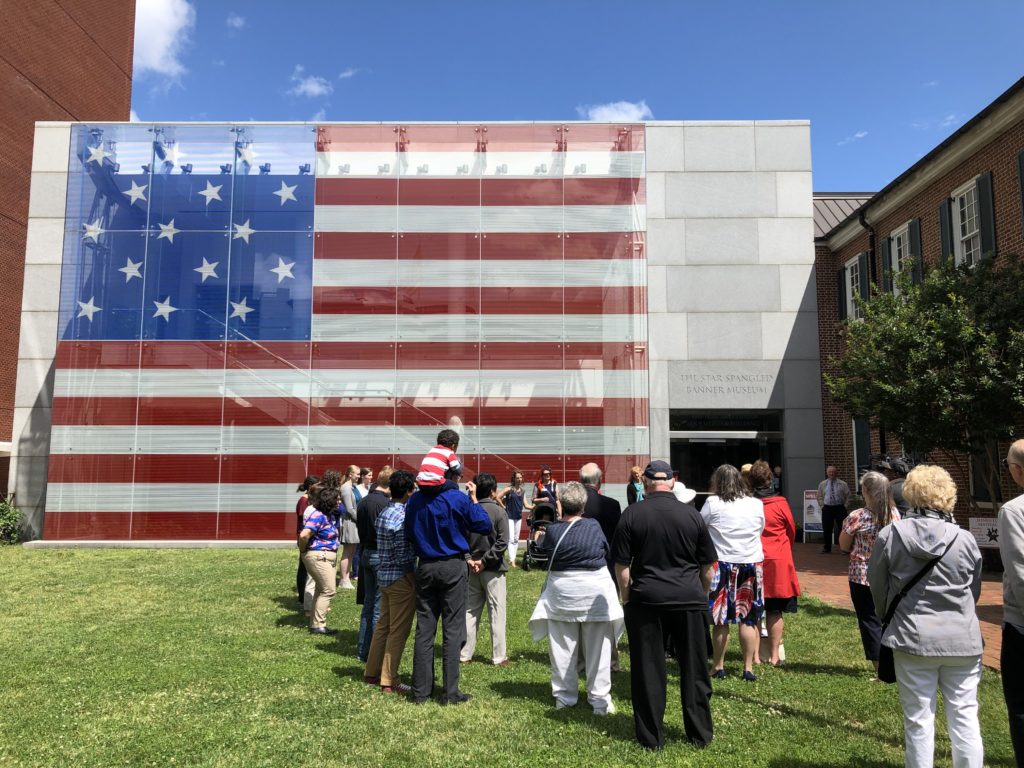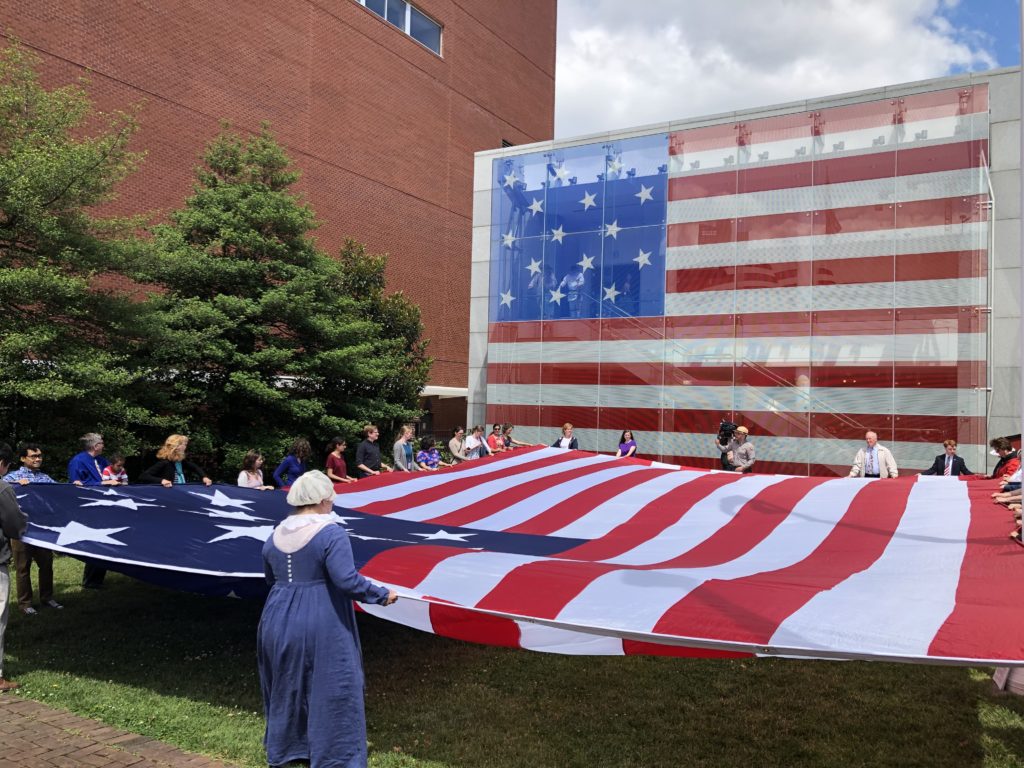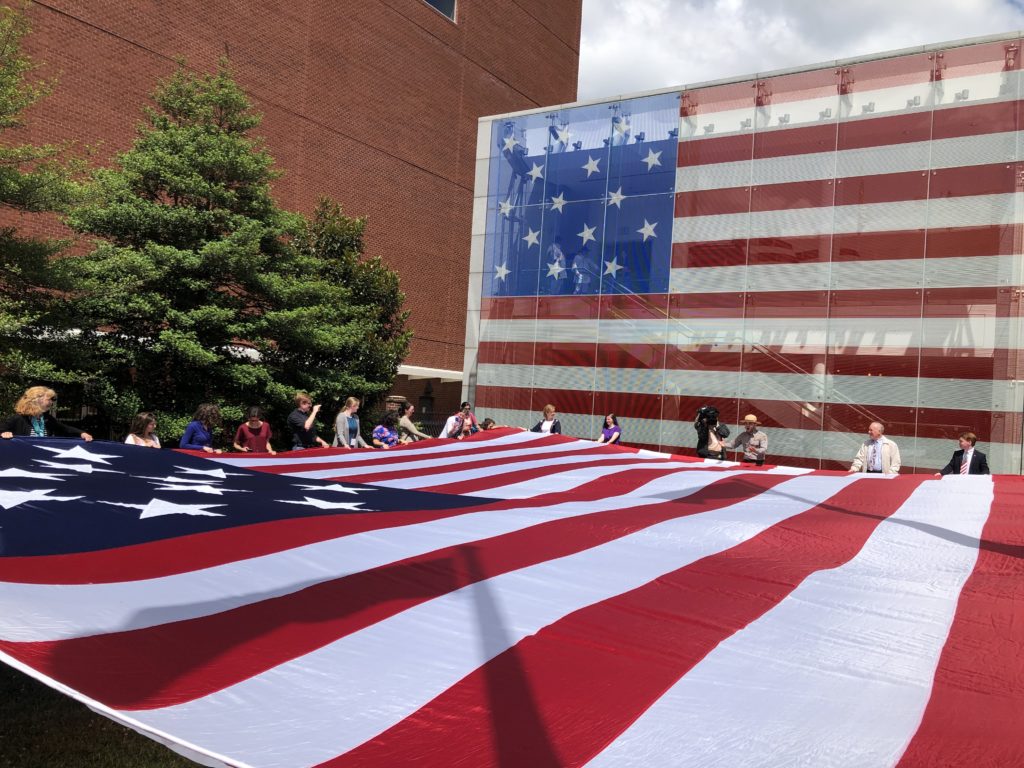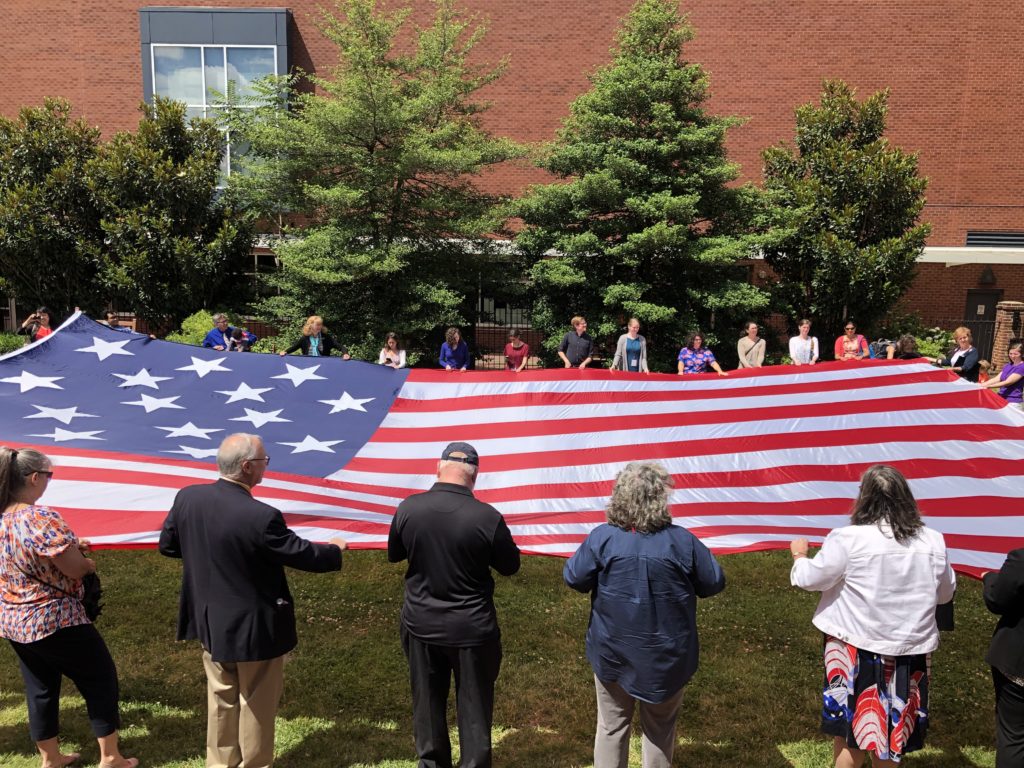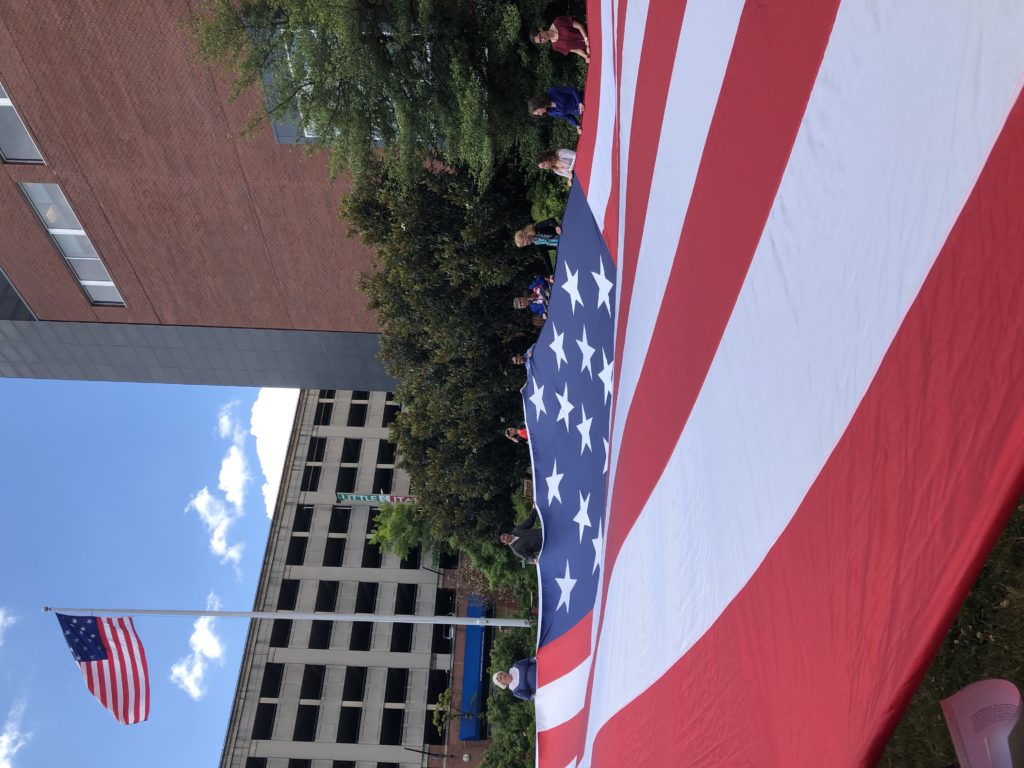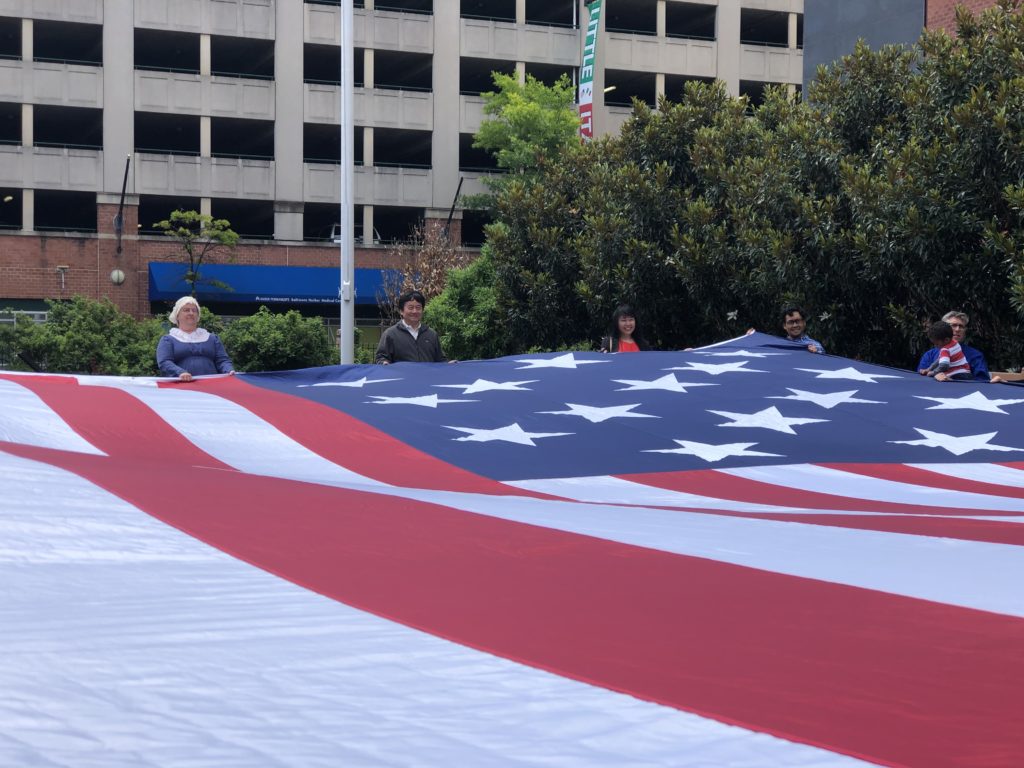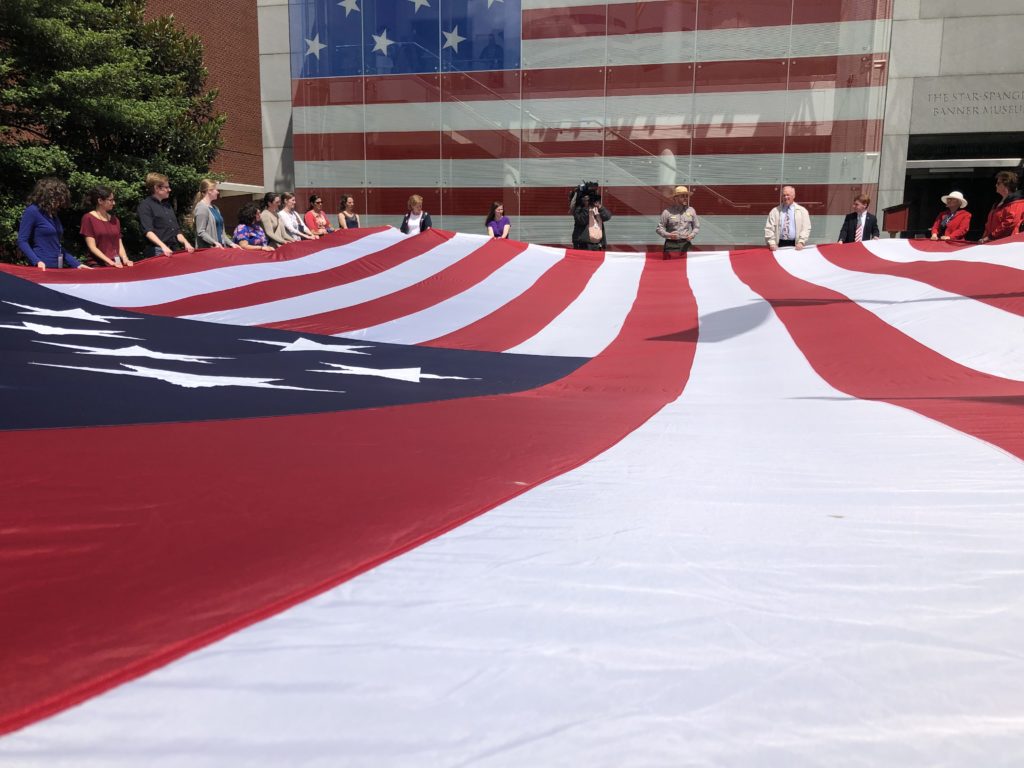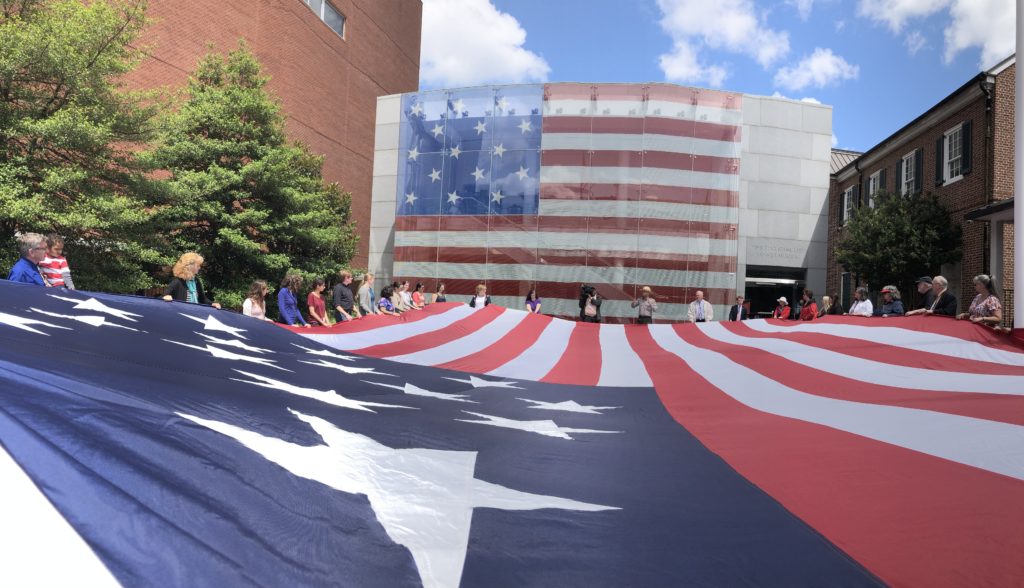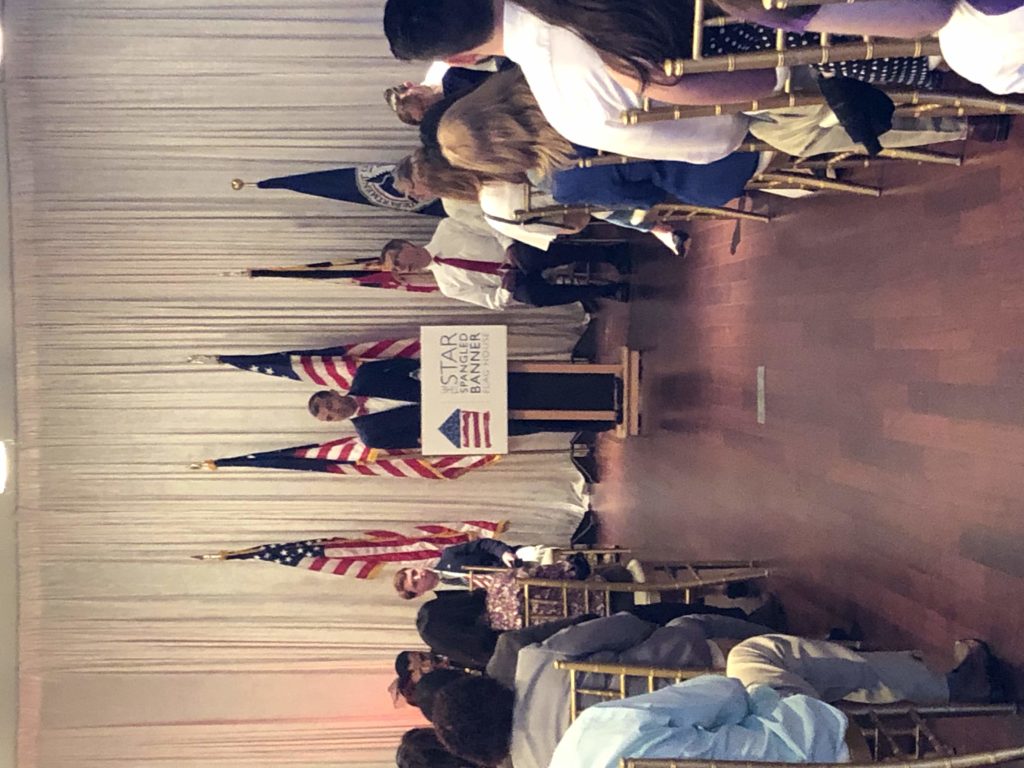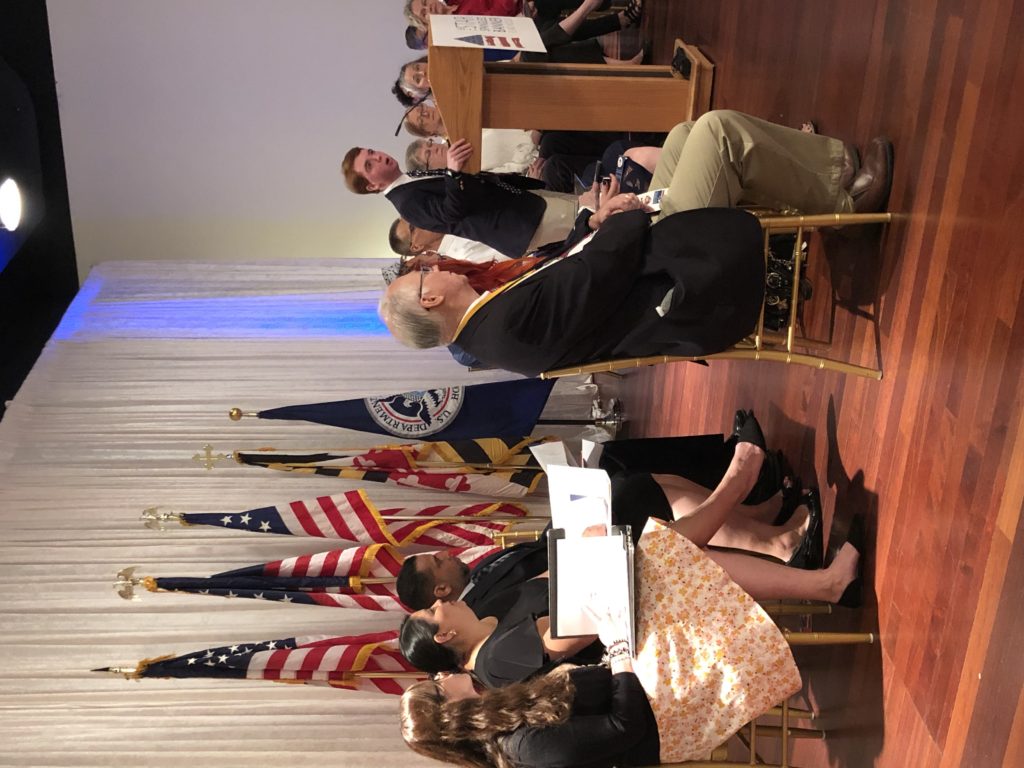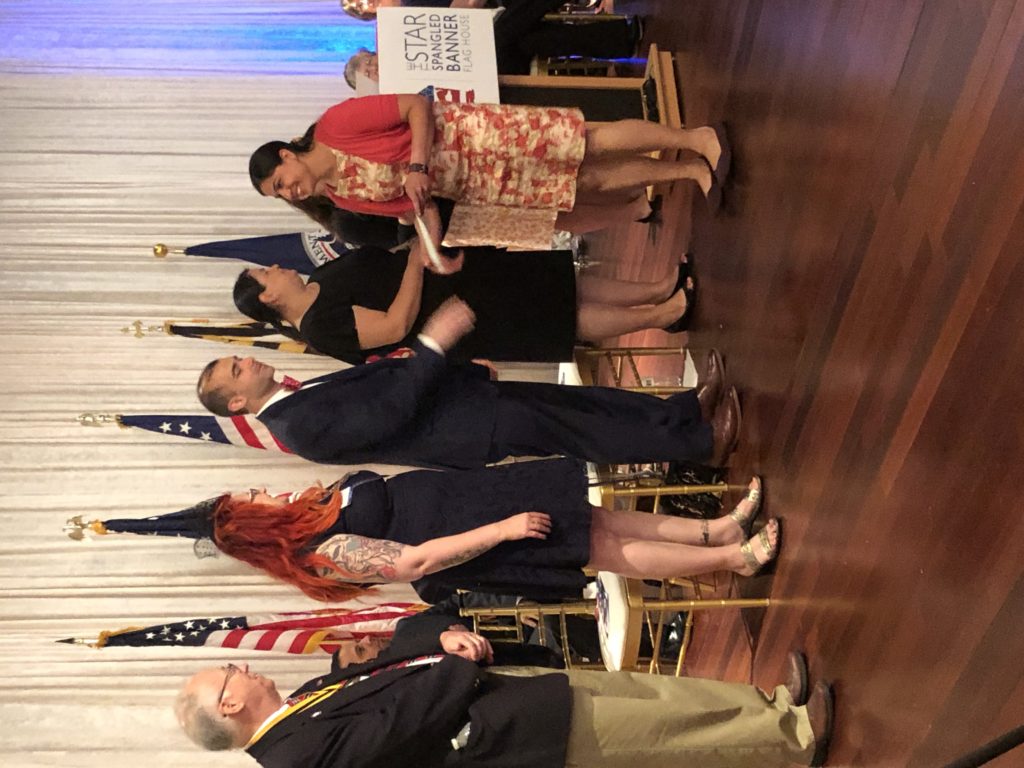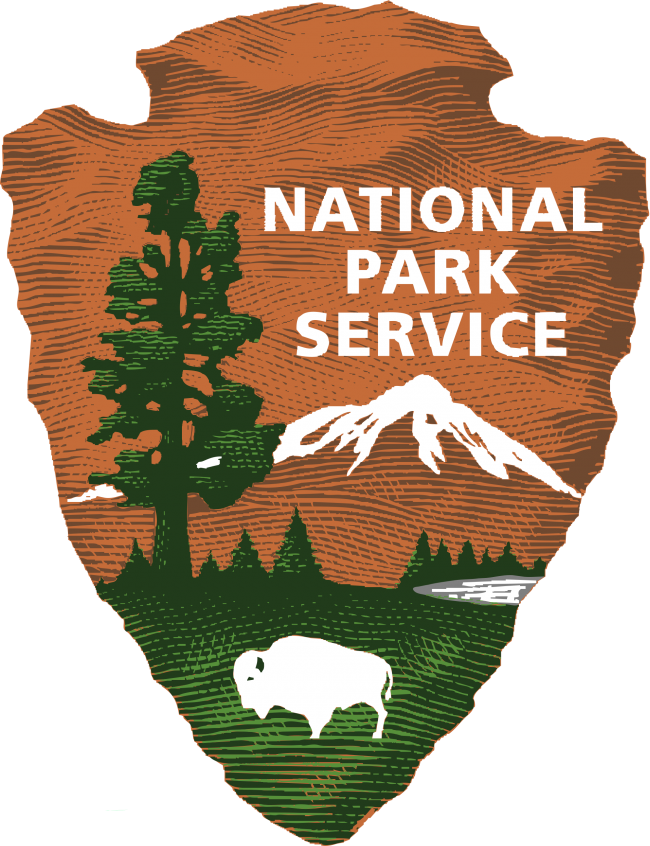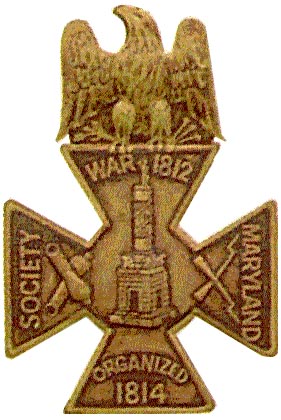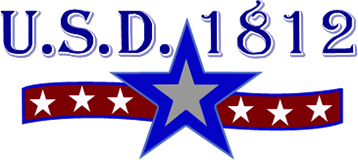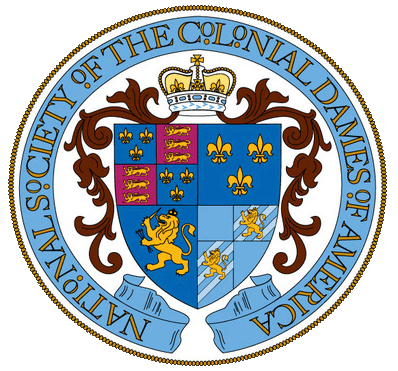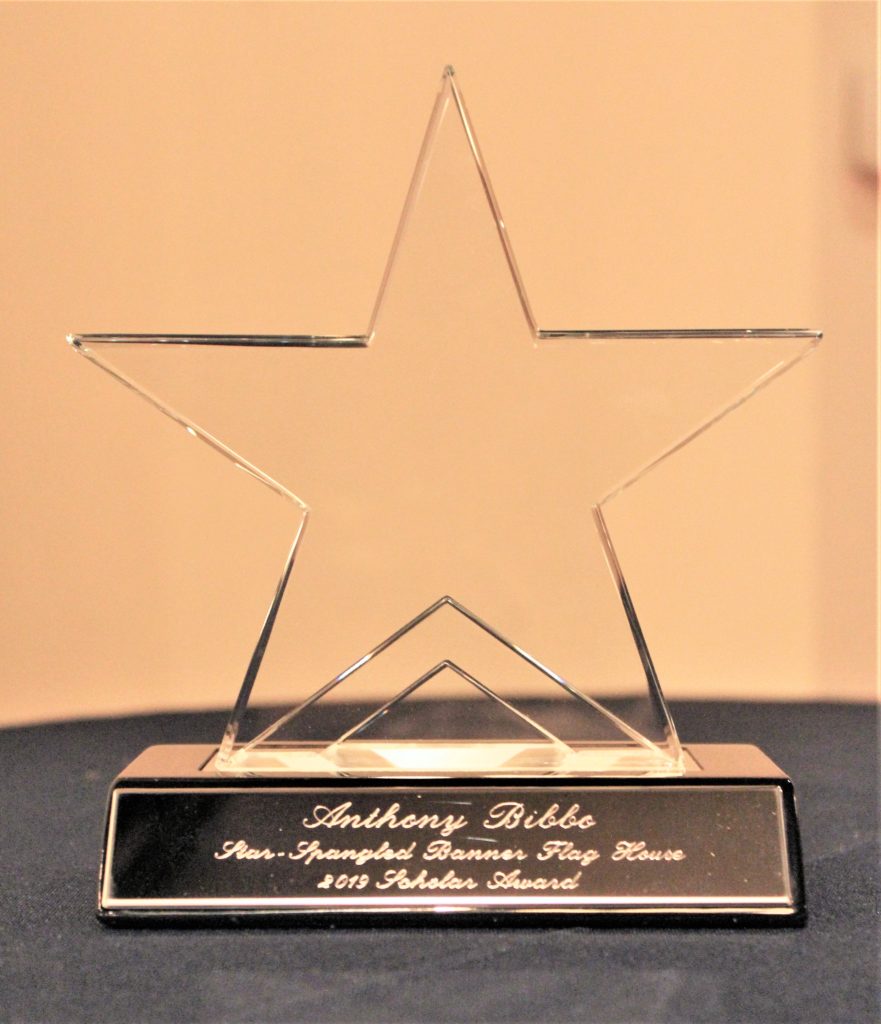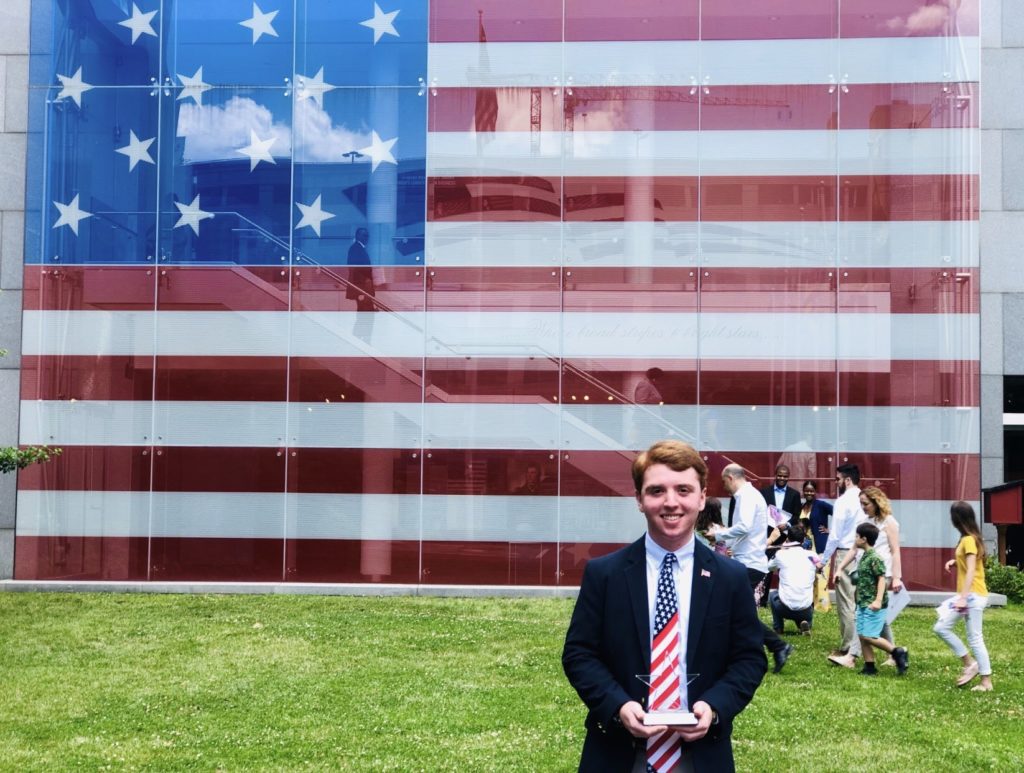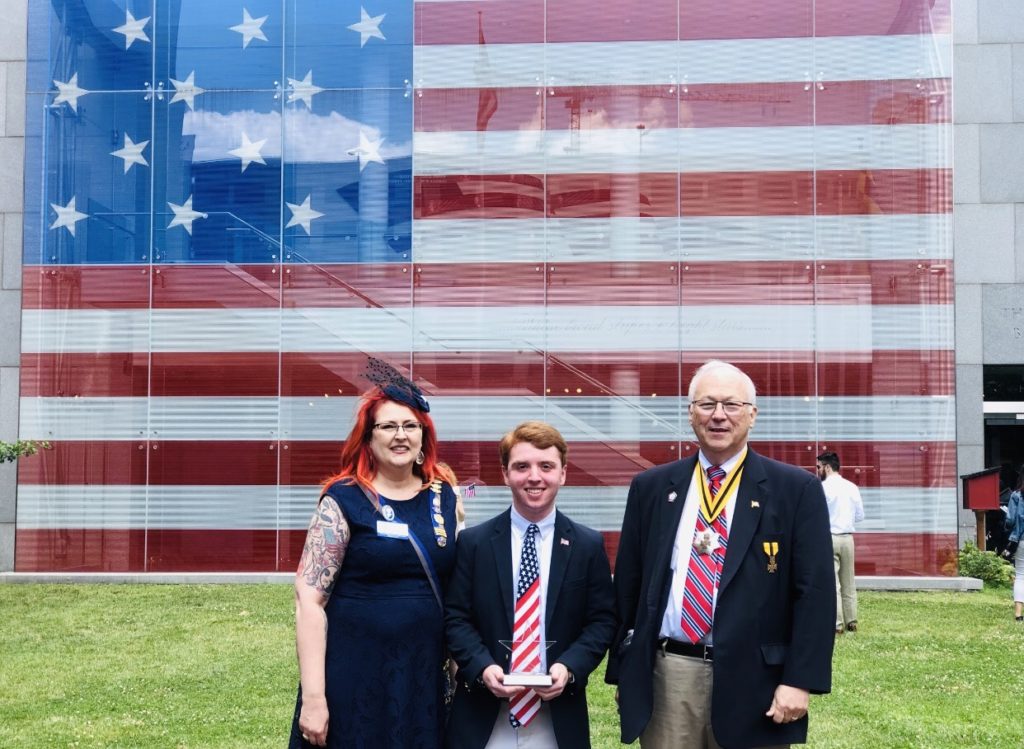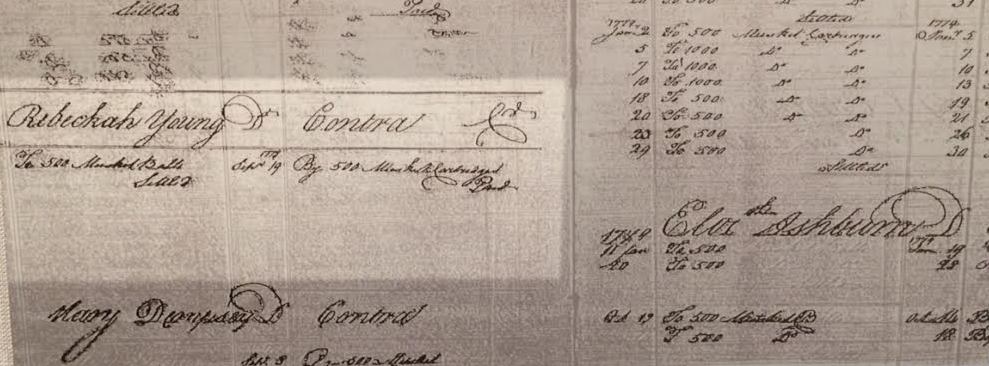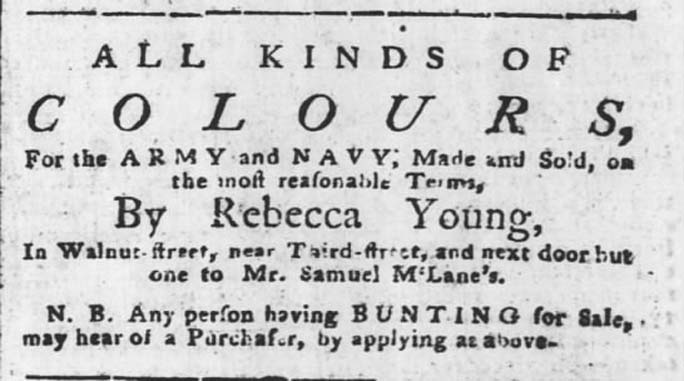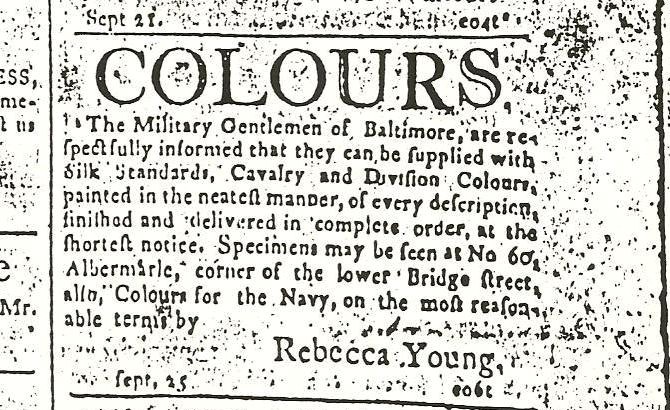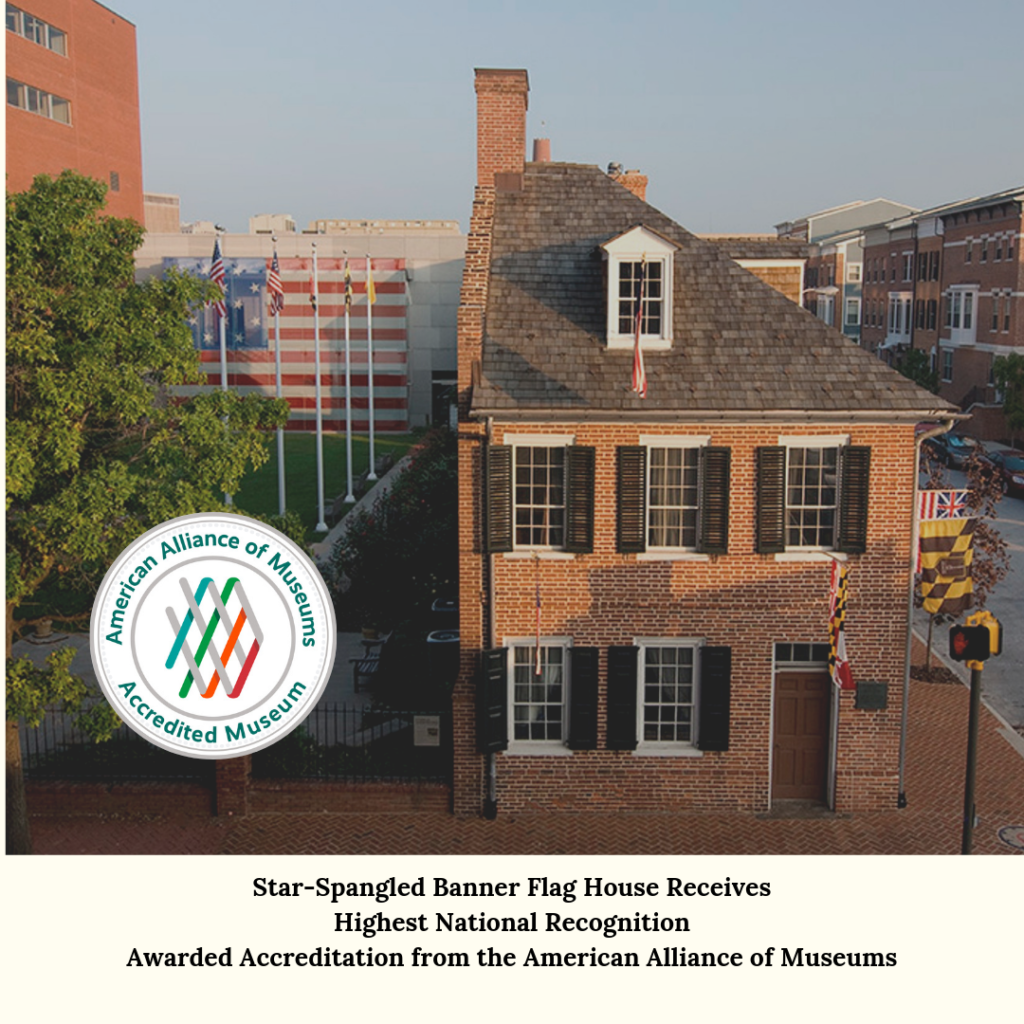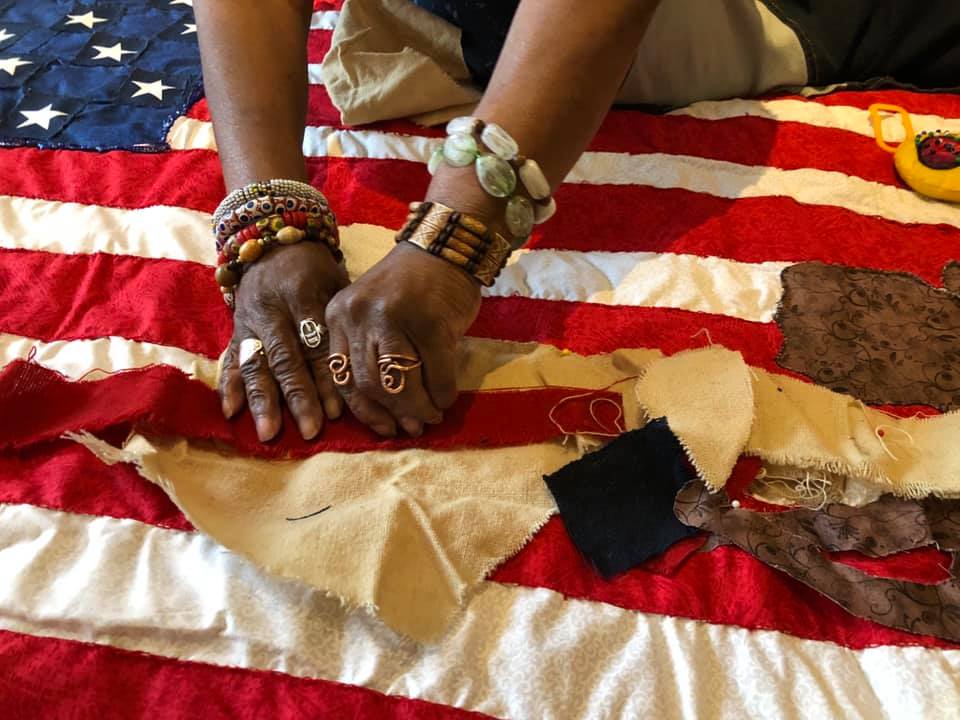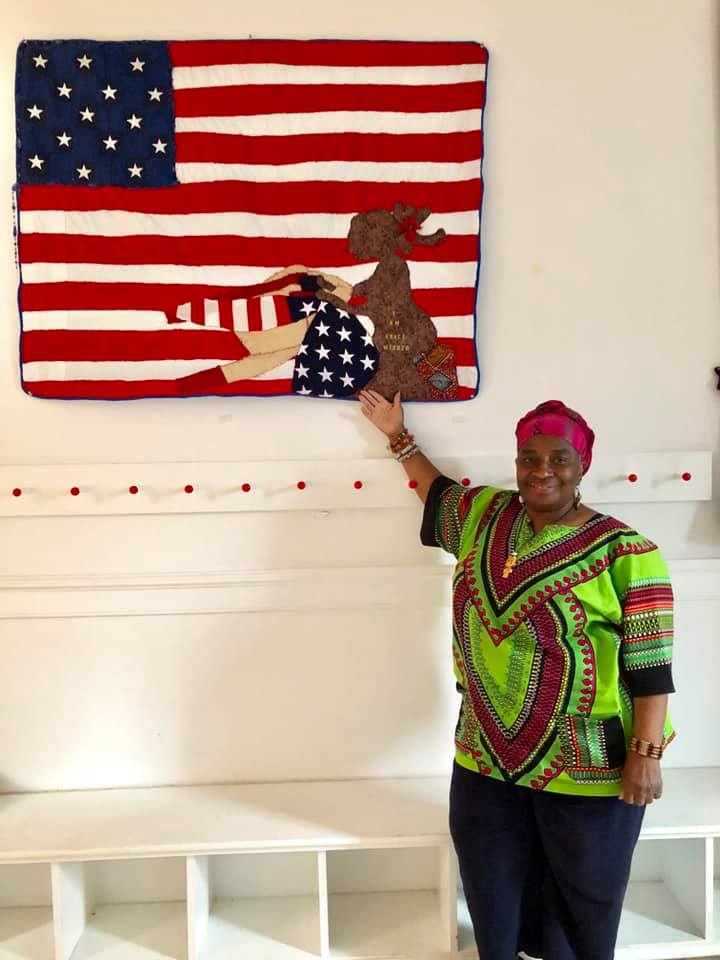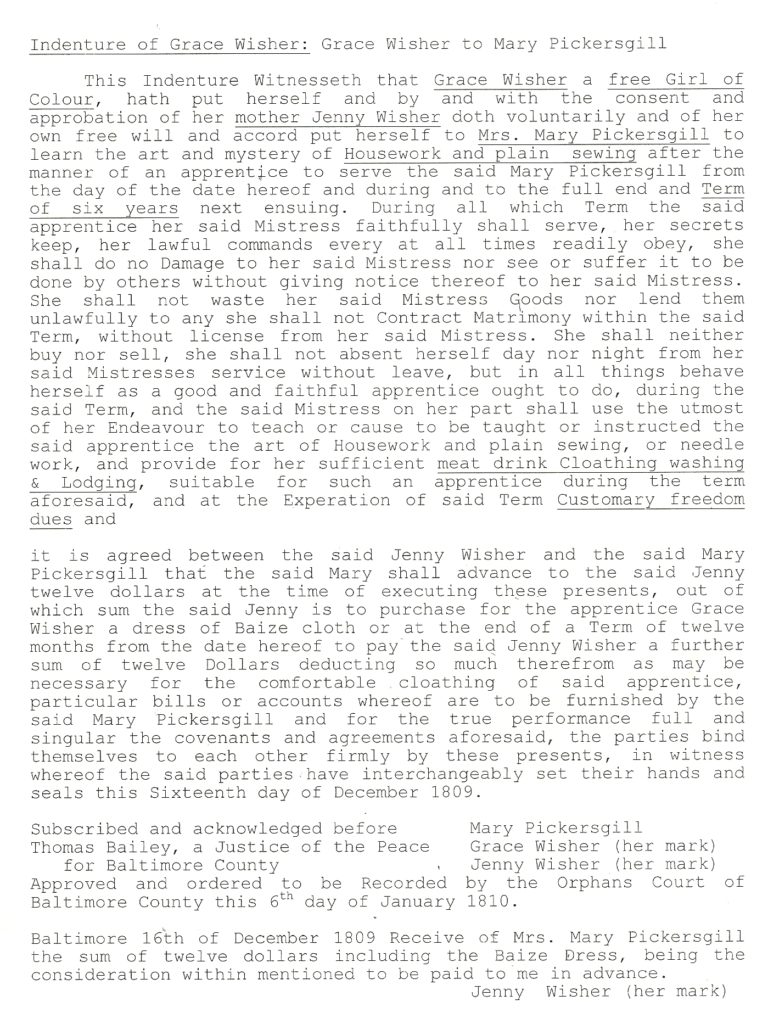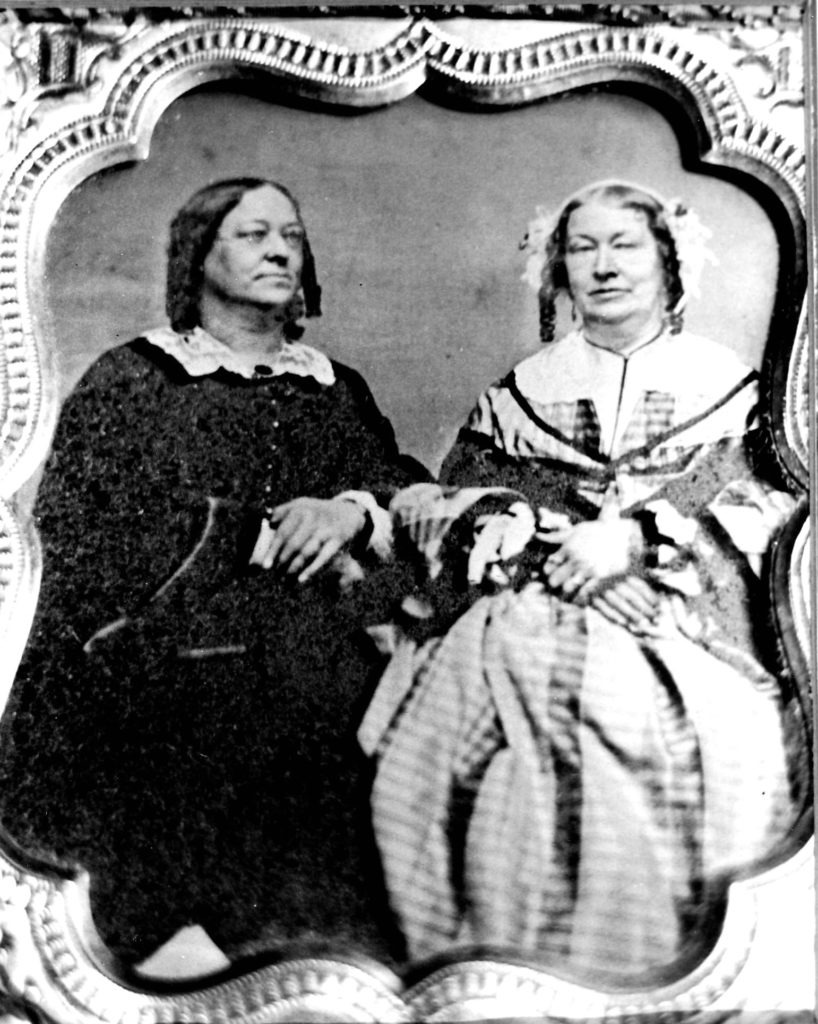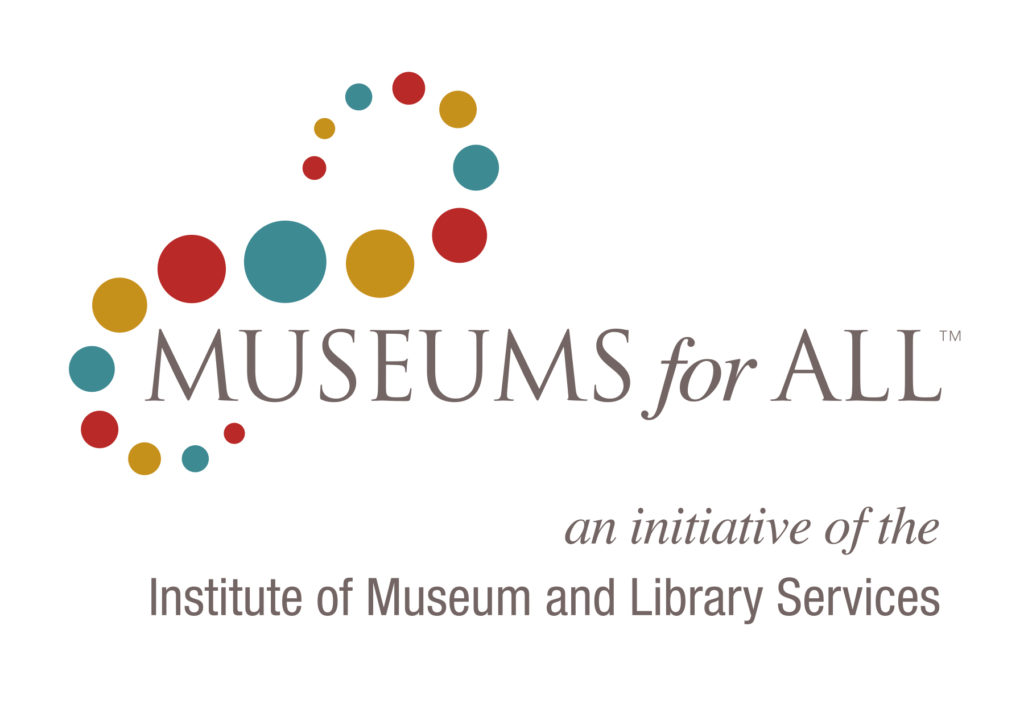COMMEMORATING THE DEFENSE OF BALTIMORE
September 1814, following the burning of Washington three weeks earlier on August 24, the British army, under command of Major General Robert Ross, landed at North Point, just east of Baltimore, and began a land advance on the city. The King’s Army was met at North Point by the Baltimore City Third Brigade, Maryland State Militia, under the command of Brigadier General John Stricker. At the Battle of North Point, two American riflemen fired shots at General Ross, one fatally wounding the British commander. The death of General Ross allowed the Americans to slowly withdraw back toward Baltimore and fortifications that had been dug in at Potter’s Hill (now Patterson Park). During the unsuccessful land advance, the British Royal Navy had moved its fleet to within a mile of Fort McHenry. Over the course of 27 hours from September 13 to 14, the fleet bombarded the Fort with an estimated 1,500 – 1,800 Congreve rockets and mortar bombs. On the morning of September 14, the 30′ x 42′ Star-Spangled Banner was raised over the Fort, as it was every morning for reveille. Because of the uncertainty of how many men were stationed in the fort and surrounding fortifications, the British fleet withdrew, setting sail for New Orleans.
Commemorations of the successful defense of Baltimore and Old Defenders began shortly after the War of 1812 and centered on General Stricker’s victory at North Point. Throughout the mid-19th century, Marylanders celebrated with picnics on the battlefields around Baltimore. The traditional program while the Old Defenders survived was for Defenders’ Day programs that started with a rally and speeches at Baltimore’s Battle Monument, the landmark memorial in the former colonial-era courthouse square along North Calvert Street, between East Lexington and East Fayette Streets. Following the speeches, the militia units marched from the Battle Monument either out on Eastern Avenue then south on Old North Point Road to the battlefield at North Point or took a steamship excursion from the Inner Harbor of the Northwest Branch of the Patapsco River downriver and up to Bear Creek. At North Point, the militia units participated in a sham battle and then marched to the former Loudenschlager’s Hill (now Hampstead Hill). Soon celebrations grew to involve parades, speeches, and the city-wide Star-Spangled Banner Centennial in 1914.
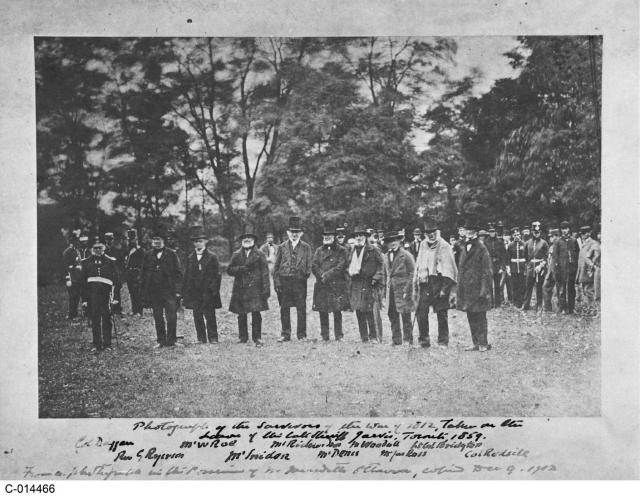
Digital Maryland – Star-Spangled Banner Flag House Badge Collection
